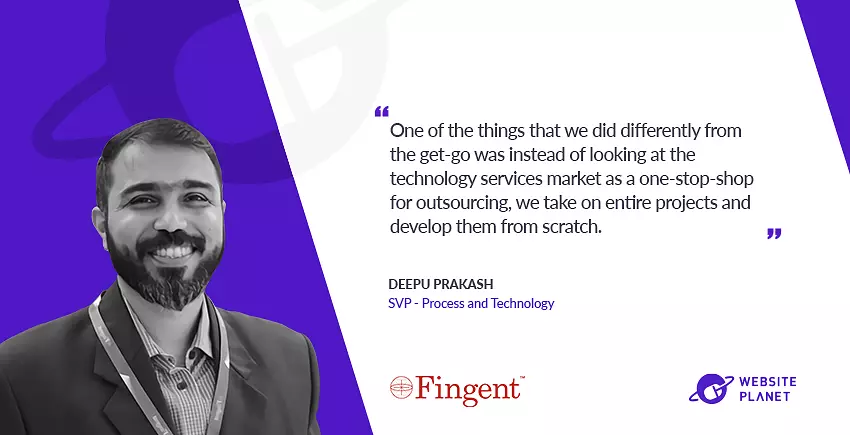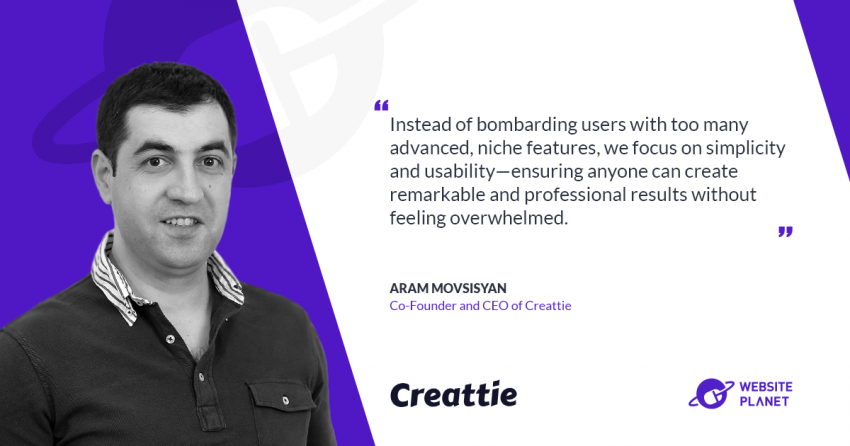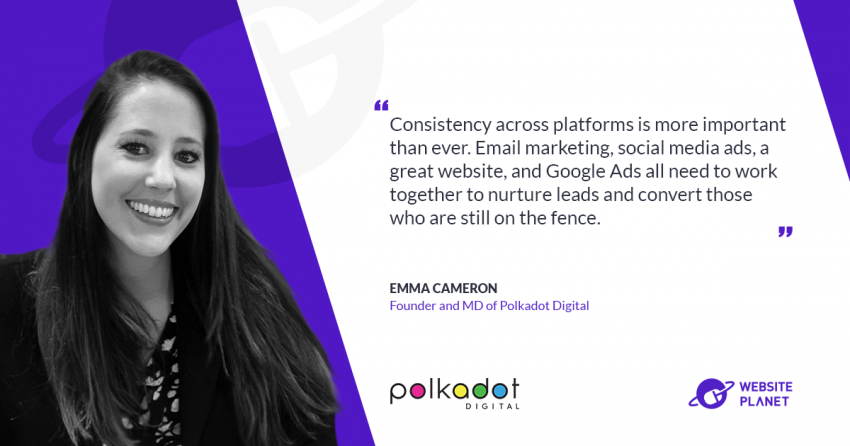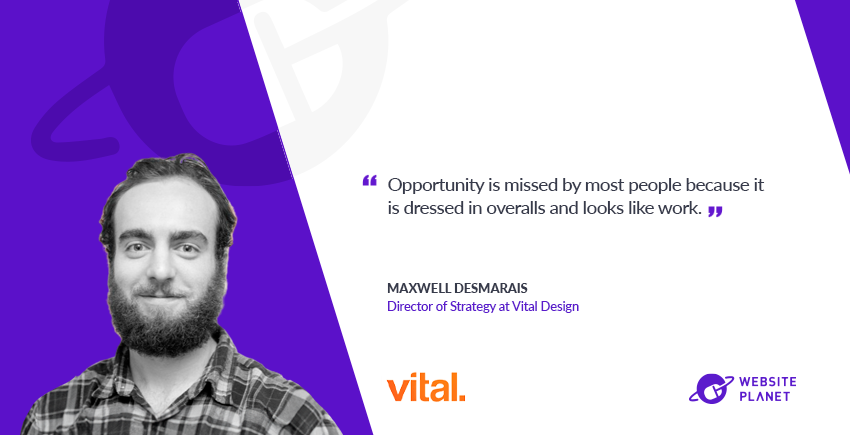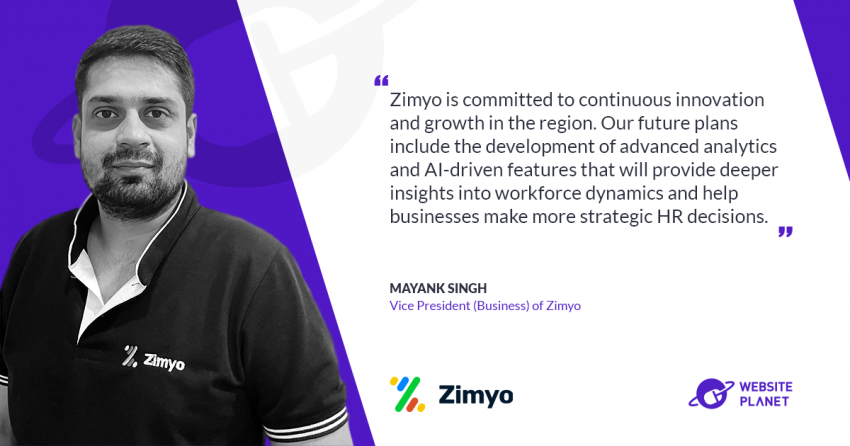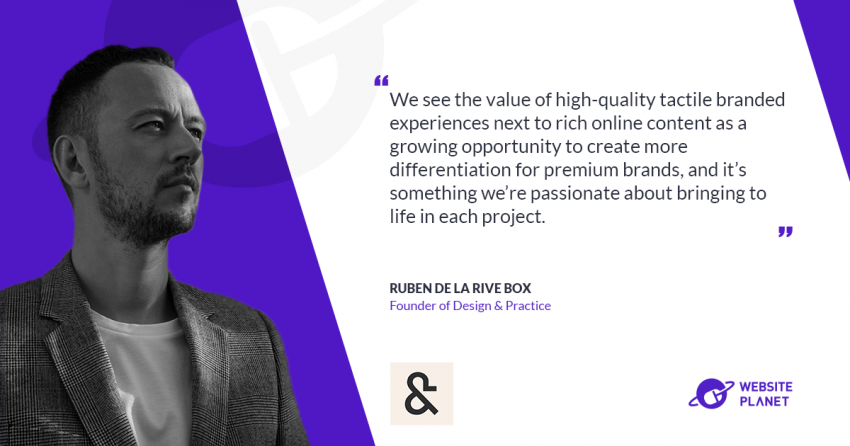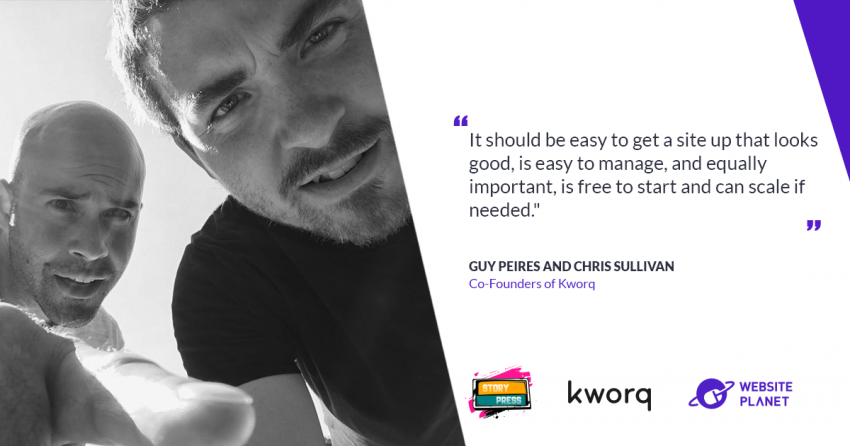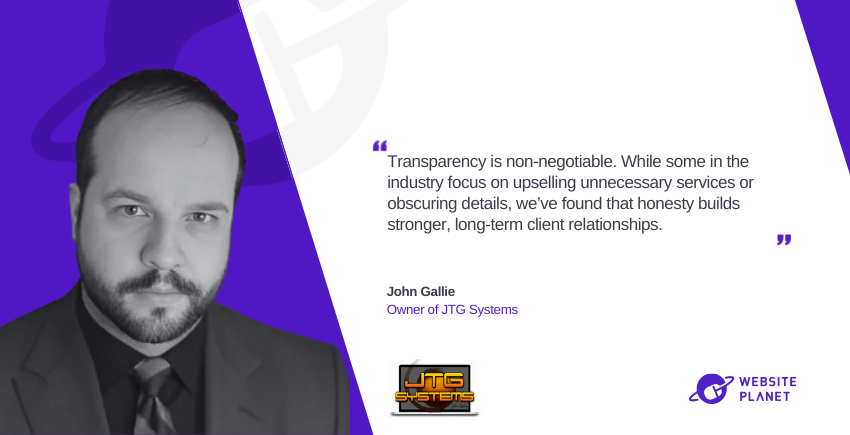What we really do is build technology. We build technology solutions- products and services. Our own products, which we then provide others to use. We also build products for other people to use within their own organizations or things they provide to customers.
We are predominantly a technology firm that’s what we do. Why and what we do is really to make a meaningful difference to the lives of people. Not just customers or end-users, but also the people who work with us and society at large. We see our work in technology as a way of accomplishing that larger mission of making a meaningful difference in people’s lives.
Please provide some examples of when you have achieved that larger mission?
We worked with a Canadian Organization recently. Their mission is to help folks who have hearing or speech disabilities lead as normal a life as possible with those disabilities. One of the challenges for someone who’s hearing impaired or has a disability is that they can’t do something as basic as picking up the phone to make a call. It’s not easy or straightforward. So, we helped the organization by creating
software where a person with a hearing or speech impairment can make a video call to a center where they can use sign language to convey order to an interpreter or convey a message to an interpreter who in turn will make the call for them.
This project was a new experience for us, and it changed our perspective on how we look at things from a usability perspective. So now we look at everything from usability to extra technology through a different lens and see how we can bring that in for somebody who has a disability with speech or is hearing impaired.
We are working on another project for an organization that handles the intake of refugees. Many refugees arrive in a foreign country after a long and dangerous journey. Many are malnourished, unwell, and do not speak the language. Some people manage the intake, which is tough for them.
One of the things that we looked into was how technology can make a difference to the folks doing so much good work in places like that. So, we are creating software that can help this organization manage the intake of refugees. This looks from the intake and processing to creating audio-visual clues to help them communicate.
We have also worked with a couple of organizations to help refugees get legal aid. We helped a couple of organizations build self-help systems for somebody who does not have the money to afford a lawyer. They can just go to the kiosk and fill out a questionnaire to get advice on the next steps to take.
How did the concept of the company come about? And how has it evolved over time?
I joined the organization about 10 or 11 years ago. At that time, I talked to the CEO, who was very clear on his mission- to make a difference in people’s lives through technology. We initially started working with different types of organizations, including NGOs, faith-based organizations, and other commercial organizations that were looking to make a difference in the lives of others. From there, we expanded our mission to say we are not only looking forward to doing good for our customers and end-users, but it’s also for the people who work with us. We also provide a lot of support locally, where we are in India, supporting about 700 families with food and essential things.
I think the direction and the vision were set by our CEO, and it was something he had been wanting to do for a long time. The execution and the development were done by my colleagues in the senior leadership team who came on board. We all had a similar passion for doing the same. Hence it all fell into place. We then needed to focus on- how we could build an organization? We were about 40-50 people back then, and today we are about 500 people. Now, we have 500 people who at least to some extent share the same values and similar thoughts about the kind of work that we want to do.
If you look at the company from a pure industry segmentation perspective, we mainly work on technology services.
One of the things that we did differently from the get-go was instead of looking at the technology services market as a one-stop shop for outsourcing, we take on entire projects and develop them from scratch. Customers often come to us with a solution, but we get into a bit more of a solution consulting mode where we don’t only look at the solution but rather the problem they are trying to solve. We dig deeper and try to understand the pain the problem is causing, and we often find that the pain they really have will not be solved by the solution they have provided. So, we work backward, understand the pain, and then help them figure out whether technology is really the solution, and if so- what technology.
We go through the pain, understand the problem, and then try to conceptualize the kind of technology that would make a difference to alleviate the pain.
Please tell us more about the products that you offer.
InfinCE
Technology Services are a good part of what we do. But we also have a few products that are in different stages of maturity.
One product that I really want to highlight is called
InfinCE, short for Infinite Cloud for the Enterprise. Fortunately, there isn’t anything exactly like that out there in the market.
From a cloud perspective, people talk about infrastructure as a service, platform as a service, application service, etc. That has typically been the classification of different types of cloud services that you see in the market. For infrastructure-you have AWS. For software, you have Microsoft, Google and others. But most businesses look for something that is somewhere in between and something that’s a bit more nuanced than just infrastructure alone, or just a platform, or even more flexible than the entire suite. That is where InfinCE comes in. InfinCE is a digital workplace orchestration platform.
If you are a midsize company, you get a host of pre-configured applications available on the cloud. The pricing is completely based on the cloud model. You can add your own applications to your cloud, making it like a virtual private cloud if you want to. In addition to that, if you want to bring in different applications or open-source applications for us to build applications for you that can then be deployed in that environment, we do that. The pricing is entirely based on the strategy of per-user pricing. We have extended that to say it’s per user, per application pricing. In addition to that, you pay for what you use in terms of the number of CPUs, the number of cores, the RAM, etc.
Technically, if you are growing from a small organization to a midsize organization, you slowly have to start investing in an IT team, where you need to form a team of 20 people as you scale. But with InfinCE, you don’t have to do that. So, your IT team size remains small, and they can focus on the networking and hardware you require locally for your offices. And the rest of everything else can be in the cloud.
ReachOut Suite
ReachOut Suite is an Enterprise
Field Service Software. I say enterprise, but it also offers regular status.
If you are a field service business. Let’s say you do facilities maintenance, and you have a team of plumbers and a team that installs air conditioners. You could use ReachOut Suite for all your day-to-day business. If you have work happening in different areas on different days, you can assign this to your team of plumbers. So, the team can look at their phone, which will let them know about their assignments for the day. When they click on the assignment, it will give them the address and the quickest route to get there.
Once they are there, they can take pictures before, during, and after the assignment and generate an invoice- essentially allowing you to manage your entire field service business from the cloud through applications on your phone.
Skill Lake
The third product that I would like to speak about is Skill Lake. This is a product that we originally developed for ourselves initially. It is a
people development platform, so it has capabilities that you would typically find in an LMS, but it also has capabilities beyond an LMS. It has features that help you drive learning and development accountability across the organization across different departments. So, it was something that we built for ourselves, but when customers saw it, they wanted to start using it.
Aware
Aware is a comprehensive real-time communication solution for managers running SAP. As you know, SAP is not just a platform; it is a massive ecosystem. There’s so much that’s happening in there. We saw a gap in the market where there was no good product for SAP notifications on mobile. So, we created Aware as a mobile notifications platform that could then be used by SAP users who wanted the convenience of a notifications tool that’s easy to plugin and just get started.
What can we expect from Fingent in the future?
Our focus is increasingly moving towards technology solutions that
leverage AI, AR and VR. So, we are working on a couple of very interesting projects, especially on the AR & VR side, that can make a real difference to certain aspects of retail. On the AI side, we are working a lot on document classification and document collection that could help many businesses
